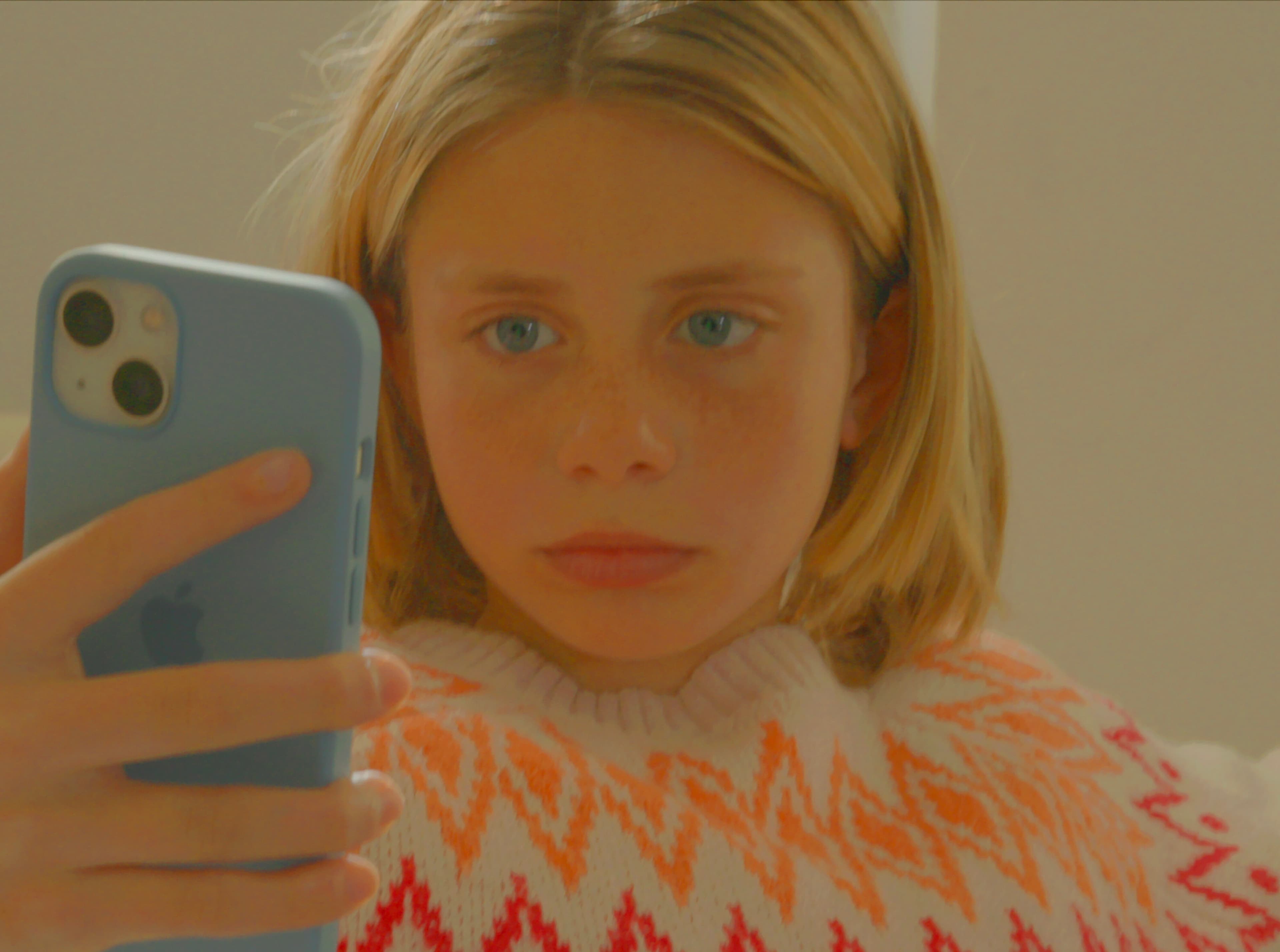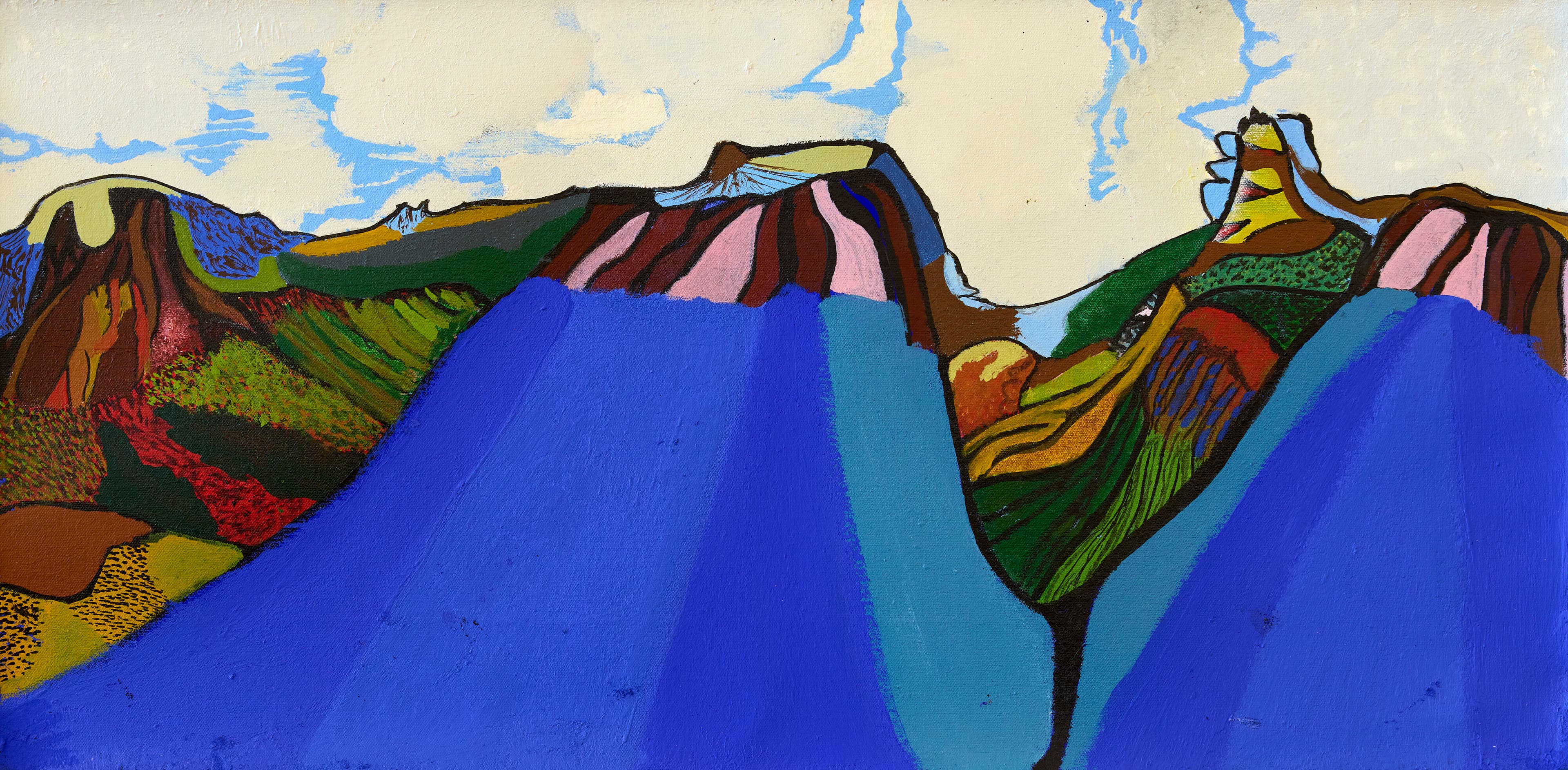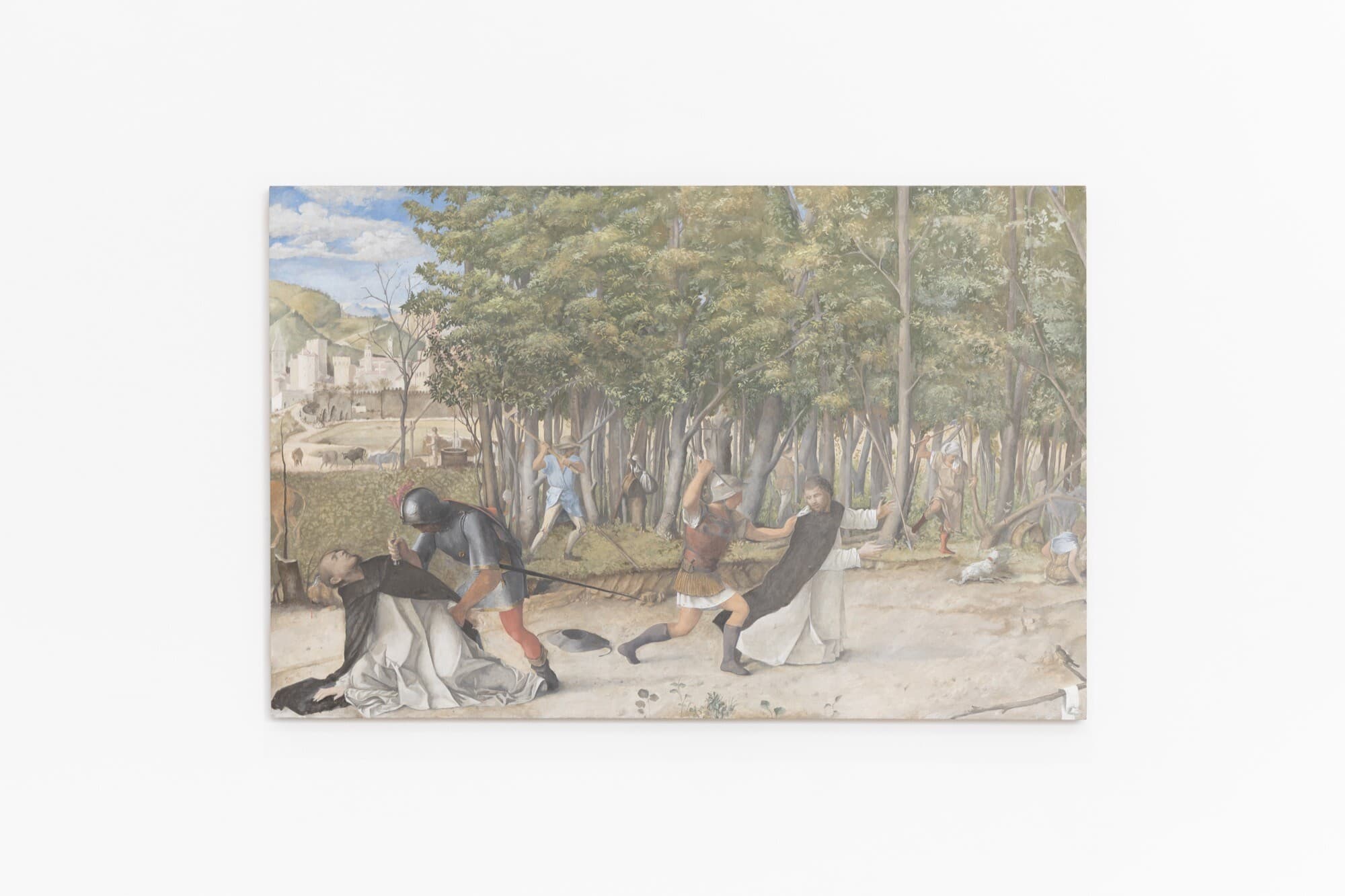Auto Body Works
Shelley McSpedden
I recently made a rather modest foray into the world of body augmentation. After ninety minutes of being subjected to intense buffering, sharp prods and eye-watering fumes, I emerged transformed; a once recalcitrant nail-biter revamped into someone just presentable enough for inclusion in my sister's bridal party. This alarmingly visceral experience rendered me particularly receptive to the thematic drive of Auto Body Works, a group exhibition guest curated by Patrice Sharkey, Director of West Space, which adopts the metaphor of the automotive mechanic's chop shop to reflect on the fallibility, malleability and extendibility of the human body. It's a timely theme, as we find ourselves in a historical moment in which the porousness of the human body has gained mainstream recognition. Just look to the widespread embrace of transgender celebrities such as Caitlyn Jenner, Laverne Cox and Andreja Pejić, along with the deluge of television shows dedicated to extreme body transformations, for evidence of this.

Sharkey's referencing of an old (twentieth-century) technology imbues Auto Body Works with a distinctly low-tech charm. Describing the auto body technician's uses of an array of tools to 'cut off old parts, connect new parts, fill holes, repair scratches, dents and dings and make a car look as good as new,' she grounds her concerns in the gritty, physical dimensions of our human subjectivity. It's an approach that builds on Sharkey's recent exploration of sex, sexuality, gender and desire – all founded in the body – in Real Life Fantasy, a group show she curated at West Space last year.
In Auto Body Works, Sharkey presents some of Melbourne's more edgy established and emerging artists, such as Lewis Fidock & Joshua Petherick, Fiona Abicare, Saskia Doherty, Spencer Lai, Jason Phu and Georgina Cue, alongside an array of less familiar artists, many of whom are part of the Art Project Australia's studio. Auto Body Works is the latest instalment in an ongoing series of group exhibitions in which a high profile curator is invited to showcase the work of studio artists from Arts Project Australia, a Melbourne based organisation devoted to supporting and promoting the work of artists with intellectual disabilities, along with the work of other celebrated contemporary practitioners. Previous editions have been curated by the likes of Charlotte Day, Director at Monash University Museum of Art; Louise Klerks, Director of Chapter House Lane; and Emma Busowsky Cox, former Curator at Castlemaine Art Museum.
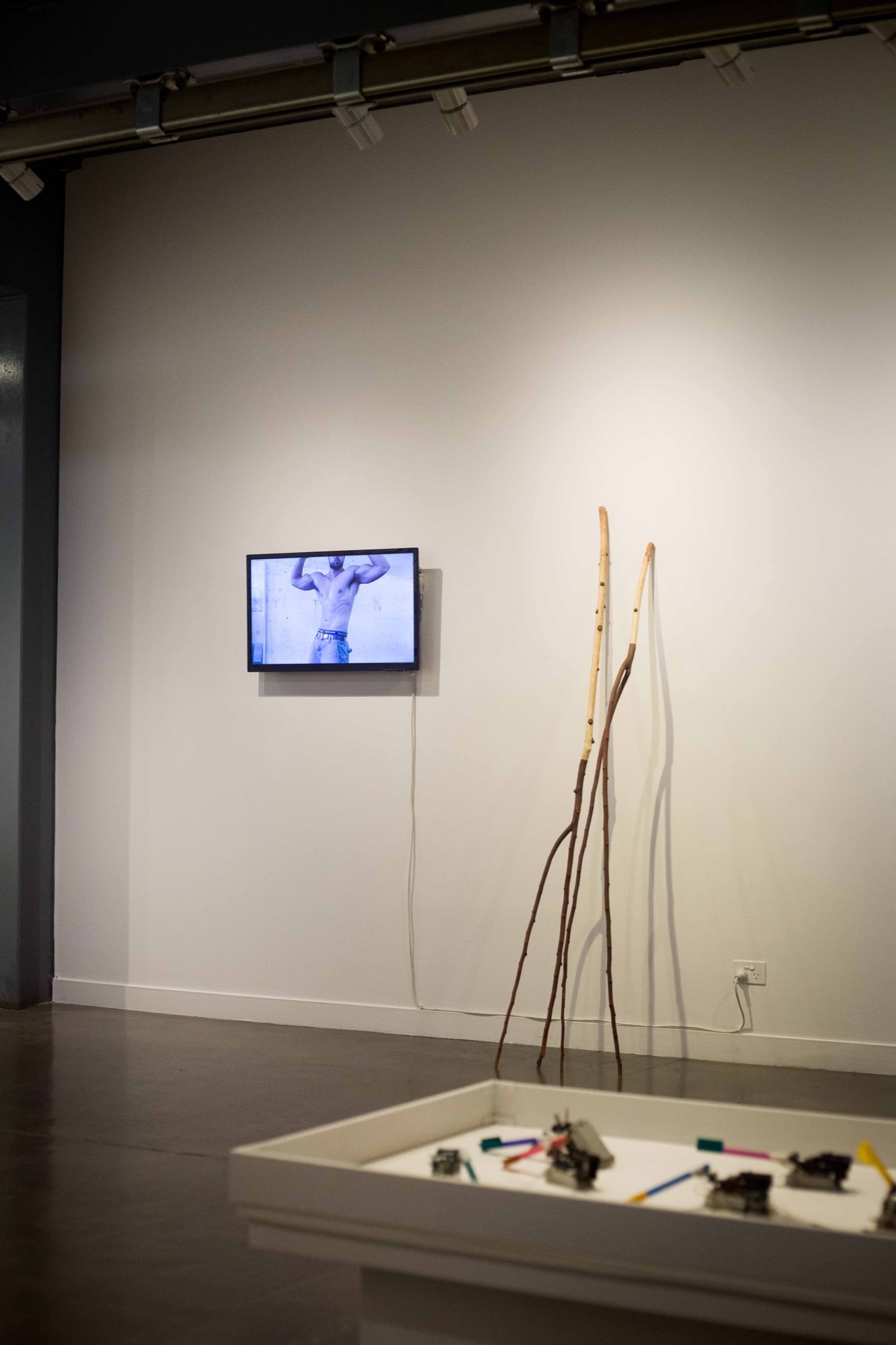
This exhibition series offers Arts Project Australia artists a wider contextual parameter for their practice, while bringing greater attention of the art world and the broader public to their work. What is striking about these exhibitions, and Arts Project Australia's approach more broadly, is the way in which they position the work of artists with intellectual disabilities within contemporary art discourses rather than in a separate, isolated category. We've come a long way since Jean Dubufett's heralding of 'Art Brut' – a catchall for the work of artists variously branded as Outsider, naïve, self-taught, disabled or insane – which he celebrated as marvellously but distinctly 'other'. Some contemporary cultural organisations, such as The Museum of Everything, a globally roaming exhibition platform devoted to presenting work by 'undiscovered, unintentional and untrained artists,' continue to invest in such distinctions. However, it has become increasingly common for the work of such artists to be presented in more mainstream art contexts, with recognised curators, critics and artists requisitioned to provide critical framing for them. When Auto Body Works opened here in Melbourne in mid-June, for example, Paired, an exhibition of collaborative projects between artists living with and without intellectual disability or cognitive difference, was showing at First Draft in Sydney. The art world's embrace of artists with disabilities has coincided with a broader erosion of qualitative distinctions between different forms of art-making and the rise of participatory and social practices in recent decades.
It's tricky terrain. Alex Baker, one time National Gallery of Victoria Curator and now Director at Fleisher/Ollman Gallery, Philadelphia, which specialises in the work of self-taught and developmentally disabled artists, observes that the inclusion of such artists in contemporary art contexts runs the risk of eradicating their 'radical difference' and 'confirming the power of the centre' (Alex Baker, Outsiderism, ex. cat., Fleisher/Ollman Gallery, Philadelphia, 2013). He warns of the 'abyss of universalism,' where all references to culture, locality, gender, race and class are disavowed and we are left with nothing but hollow formal frameworks. Conversely, if we over-emphasise biography and social context, our ability to fully grapple with the actual work of art is diminished. Some sort of middle ground between extreme relativism and extreme specificity must be sought.
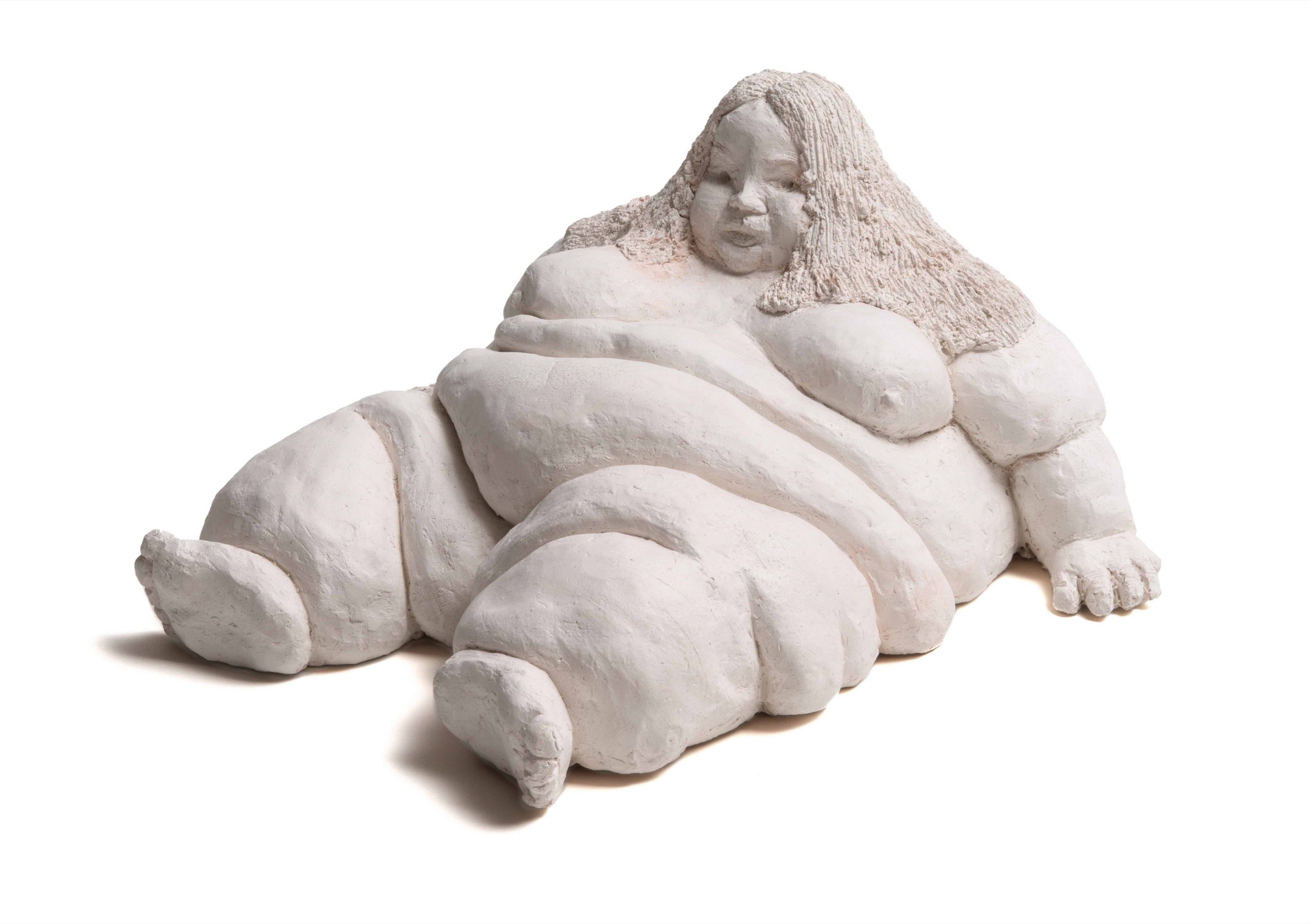
With its references to imperfection and adaption, and its push against easy categorisation, the premise of Auto Body Works provides a deft framework to navigate this territory. In truth, the large ensemble of works brought together in this exhibition (56 works by 20 artists) burst out beyond the confines of the curatorial conceit; the body functions as a very broad reference point to accommodate a diverse array of figurative and non-representational forms, which clash and converge in this playful and gloriously ungamely show.
In Kara Baldwin's Drawing Robots (2018), a gang of strange little creatures, made from textas grafted to rudimentary electronics, scurry around a table, leaving jagged, rainbow trails behind them. Synthetic plants gyrate at the edges of the space, expelling psychic energy in Tully Arnot's Nervous Plant (Fern) (2014), while Terry William populates the gallery with large scale, whimsically proportioned, soft sculptural figures. Amidst all this, a number of works emerge that clearly illuminate specific aspects of Sharkey's interest in the plasticity of the human form. In a grimy video vignette by emerging artist Lillian Palser Barto, Bodybuilder (2015), a young, highly-toned man poses for the camera. The amateur aesthetics of this clip – crappy lighting, cropped frame and moulding walls in the background – suggest this could be one of millions shot and circulated online by members of the bodybuilding community to show off their transforming armature.
While Palser Barto's video alludes to the pursuit of the 'ideal' body, Chris Mason's series of voluptuously large earthenware women celebrate what is routinely shunned as unacceptable in our contemporary society – fat. The forms are derived from photographs and images that the artist collects online. Chris, one of Arts Project Australia's most widely recognised and celebrated studio artists, acknowledges that his interest in his subject is erotically charged. There are some ambiguous sexual politics at play here, with these sweet, small-scale forms simultaneously working to empower and objectify their subject.

Paralleling themes of erotic desire and female agency are addressed in Georgina Cue's Miller (2017). Cue's photographic works interrogate historical depictions of the female body, presenting the artist as a model avant-garde beauty within an elaborate tableaux loaded with Modernist codes and tropes. In Miller, she reclines, eyes averted, to be gazed upon; a female archetype to be adored. But this illusion is playfully disrupted by the make-shift nature of the mise en scène, evidently constructed from flimsy cardboard, tape and spray paint. Smears of paint on our muse's hands reveal that she is, in fact, the creator of this fantasy realm, imbuing her with a renewed sense of agency and mastery of the world she inhabits.
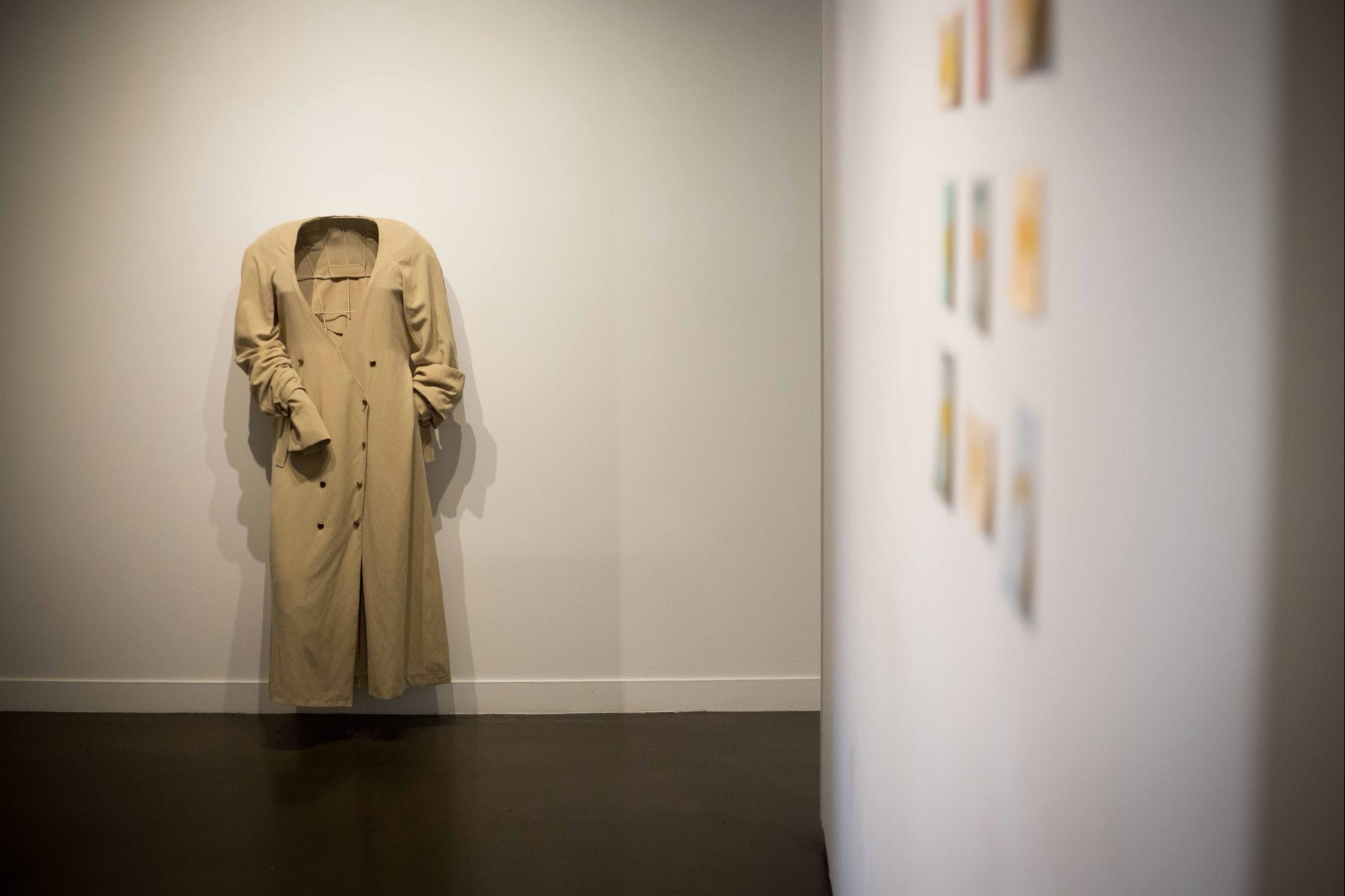
The use of clothes as both an extension and armature of the body and one's subjectivity is similarly explored in Fiona Abicare's Trench (2014). It's startling to see Abicare's work in the midst of this group show, as her context-specific practice ordinarily entails a great deal of consideration and control over the environment in which it is presented. In this wonderfully weird work, which is presented like a slightly dusty display in a film museum, a saucy trench coat, with plunging neckline, is draped over an absent body. One arm is raised in a manner that suggests a hand holding a lit cigarette or pistol, dropping us into the thrilling world of film noir. Trench plays on this genre to emphasis themes of secrecy and concealment, intimating the manner in which clothes are used to shield our internal selves from the world.
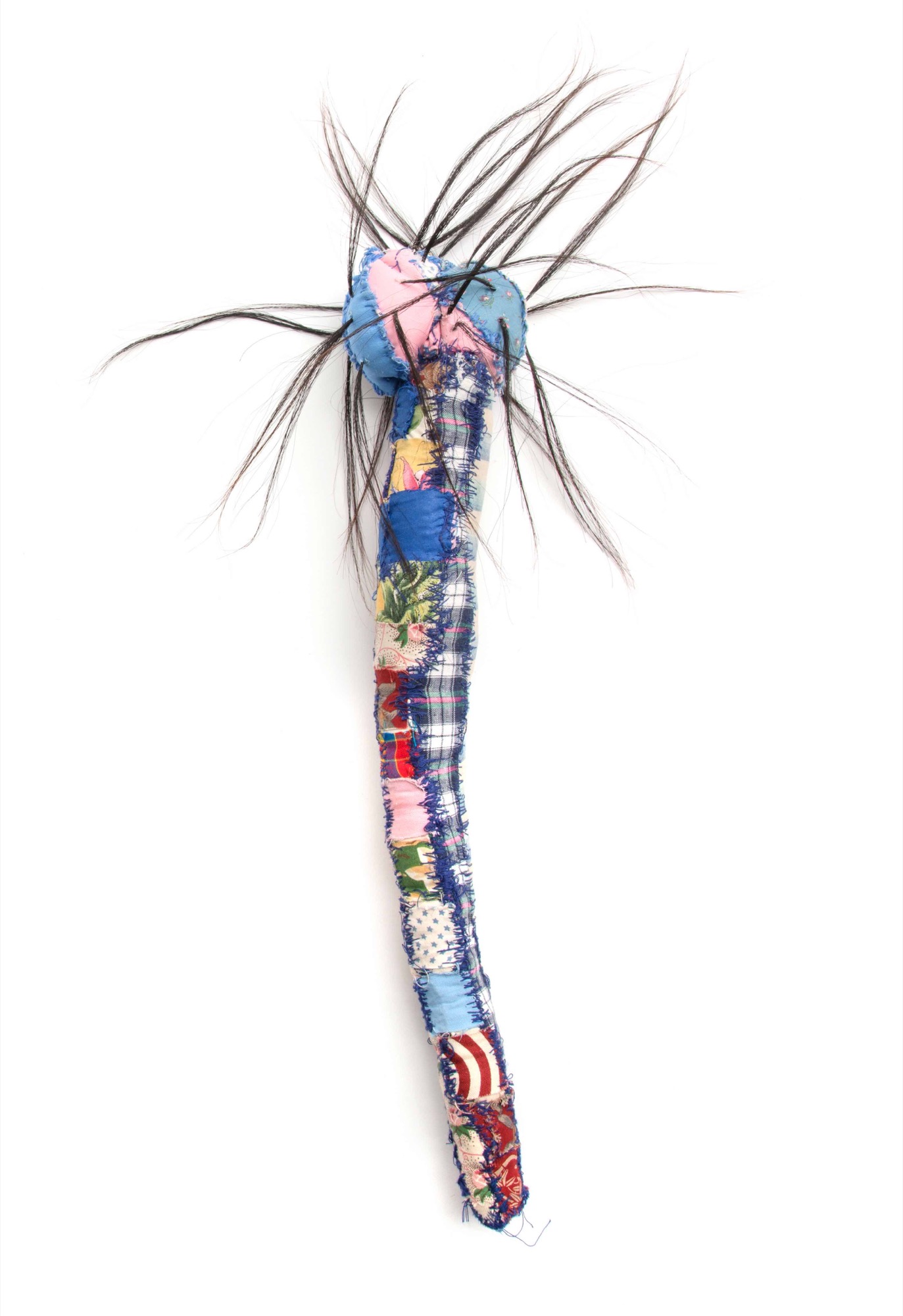
In stark contrast, Bronwyn Hack's two-part soft sculpture, The Body Piece (2017), joyfully presents our most private body parts in large scale. These bright, tactile works could easily be read within the context of the revival of feminist genealogies; they bear a strong resemblance to Vivienne Binns' iconic feminist paintings Vag Den (1967) and Phallic Monument (1966). However, as an Arts Project Australia studio artist, it's unlikely this is Hack's primary concern. More probably, the sculptures are a continuation of her interest in the observable and hidden parts of the human body. But that's the beauty of Auto Body Works:the works within it defy easy categorisation and celebrate the myriad ways in which we can access them.
Shelley McSpedden is currently research curator at Monash University Museum of Art.
Title image: Georgina Cue, Miller, 2017, archival inkjet print 104 x 148.7 cm Edition 1 of 3 + 2 AP Courtesy of the artist.)
